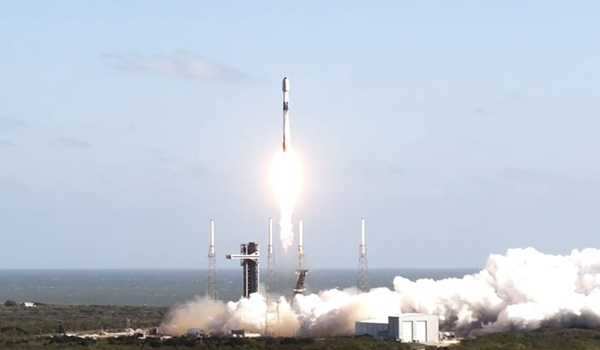SpaceX Launches 23 Starlink Satellites: A New Step in Global Internet Connectivity
Introduction to the Launch
On February 22, SpaceX, a well-known private space company based in the United States, achieved another milestone by launching 23 Starlink satellites into orbit. This mission underscores the company’s commitment to improving internet access across the globe.
Mission Details
The launch took place at the Cape Canaveral Space Force Station in Florida. A Falcon 9 rocket, famous for its reusability, was used for this mission. The rocket took off at 10:19 a.m. Eastern Time, marking the completion of another successful launch for SpaceX.
The Achievement of Falcon 9
This specific mission was notable as it marked the 450th flight of the Falcon 9 rocket. The Falcon 9 has proven to be a reliable workhorse for SpaceX, with its ability to launch payloads into space efficiently and return safely back to Earth.
About the Starlink Satellites
Among the 23 satellites launched, 13 are equipped with a feature known as Direct to Call capabilities. This means they are designed to deliver internet services directly to users, expanding connectivity options and improving accessibility for individuals and businesses.
What is Starlink?
Starlink is SpaceX’s ambitious project aimed at providing high-speed internet to areas around the world, especially where traditional internet services are either very slow, expensive, or non-existent. Here’s what makes Starlink significant:
- Global Coverage: Starlink aims to reach underserved regions, including rural and remote areas. The goal is to bridge the digital divide, allowing more people to access the internet.
- High-Speed Internet: Users can expect reliable and fast internet service, comparable to conventional broadband connections.
- Flexible Installation: The Starlink system is designed to be user-friendly, allowing customers to set up their own satellite dishes at home or in their offices without specialized assistance.
Benefits of the Launch
The recent launch of the 23 satellites enhances the Starlink network and expands coverage. Here are some key benefits associated with this development:
- Increased Capacity: Adding more satellites to the constellation increases the overall capacity for users, allowing more people to connect simultaneously without a drop in speed.
- Improved Services: The introduction of Direct to Call capabilities can lead to newer services and can benefit various sectors, including education, healthcare, and business.
- Enhanced Connectivity: More satellites mean better service in areas that previously struggled with internet access, improving communication and information sharing.
Conclusion: Looking Ahead
SpaceX continues to push the boundaries of space technology and internet accessibility with its ongoing missions. The launch of these 23 Starlink satellites is not just another addition to their constellation but a step towards ensuring that high-speed internet can reach even the most remote corners of the world.
With every successful launch, SpaceX moves closer to its goal of providing reliable internet for everyone, demonstrating that space exploration can have profound impacts on everyday life here on Earth. As technology advances and more satellites are launched, we can expect a future where internet access is a given, not a luxury.



